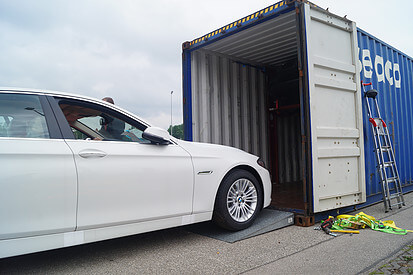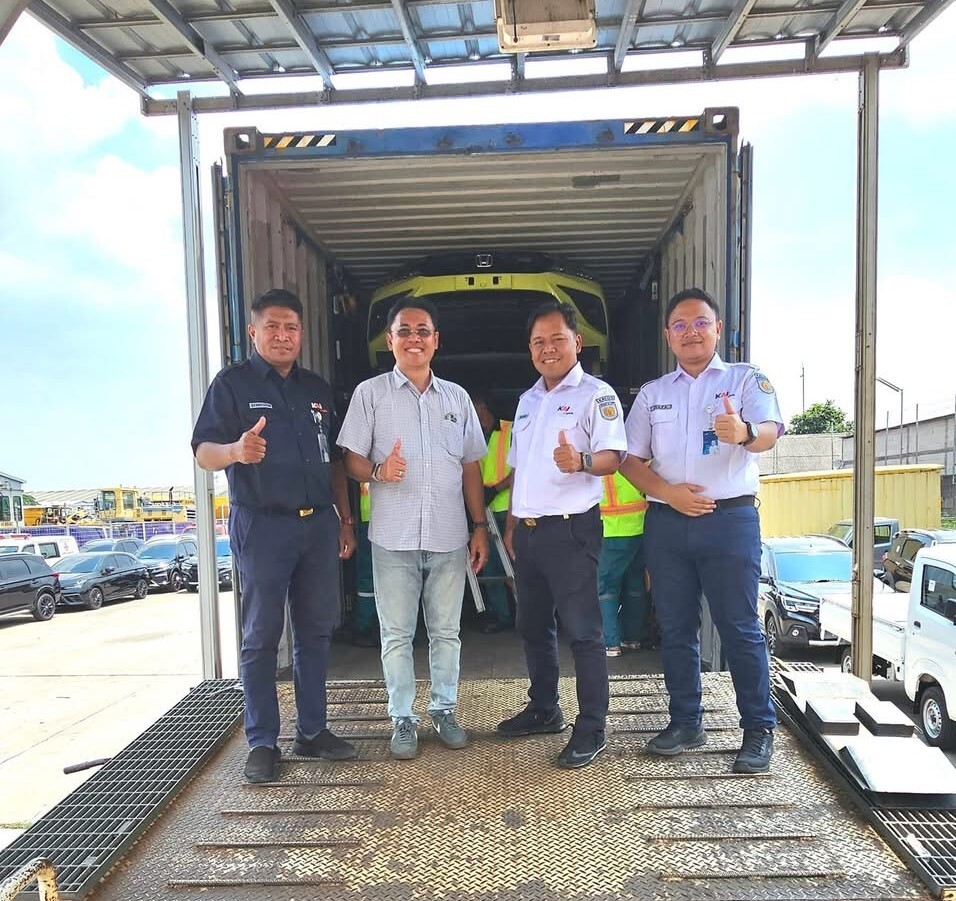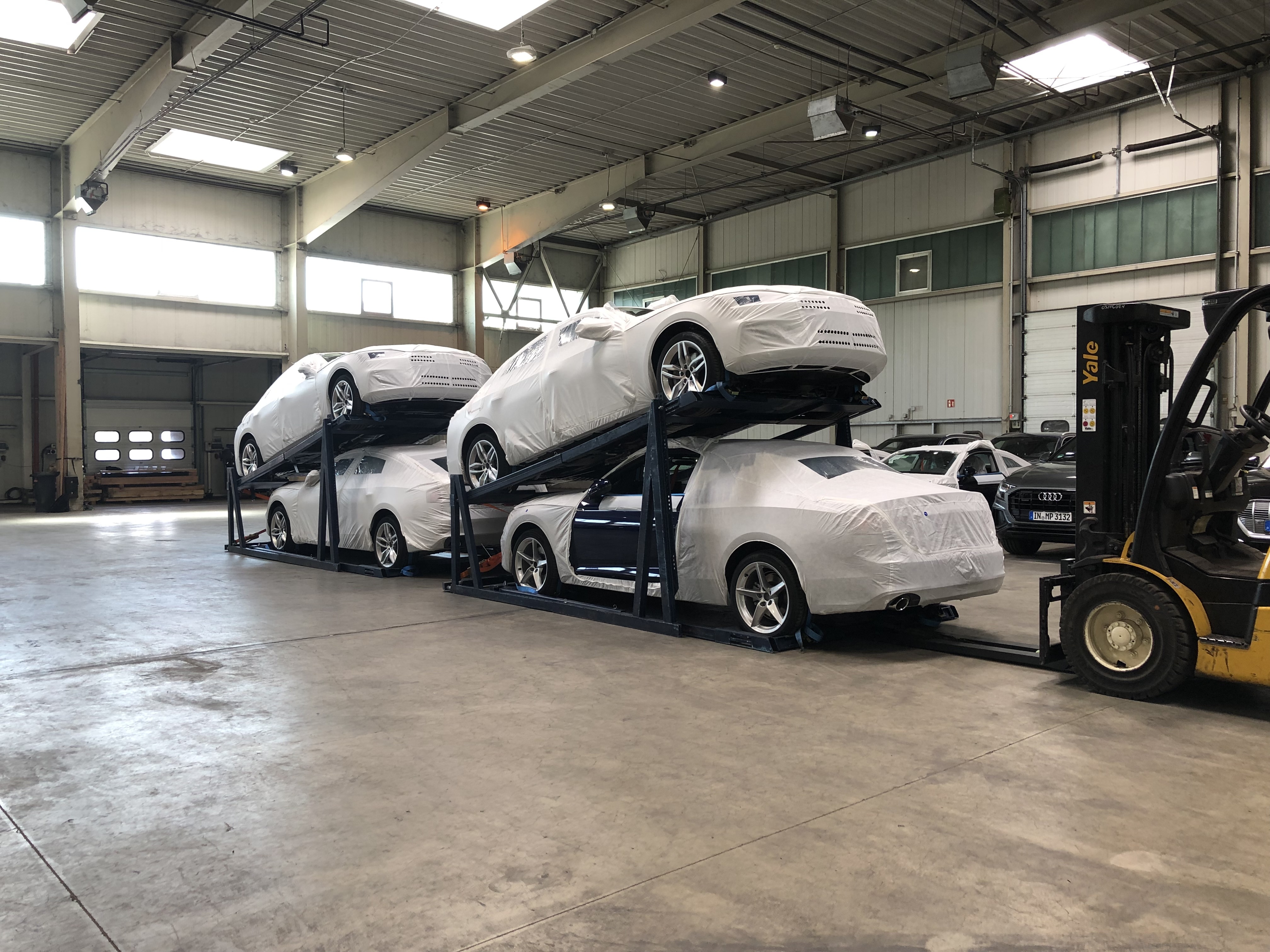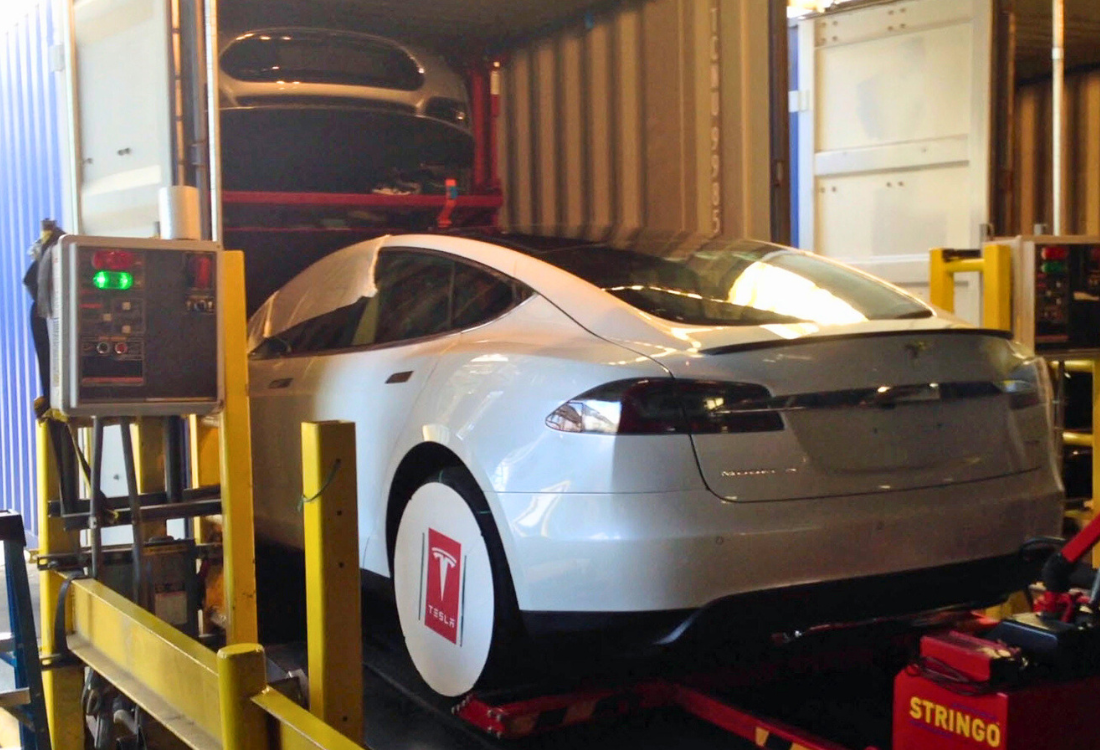
The financial equation for containerised car transport is straightforward. Shipping containers are expensive – cheaper than they were a few years ago, but still relatively pricey – so the more units you can ship in each container, the lower your transit overheads. The problem is, however, that the floor space of a shipping container is limited, so you can only fit one or two cars in at most, with untold cubic metres of wasted space going unused.
At the same time, you can’t cram cars into a shipping container like London commuters at rush hour, due to the risk of damage and the problems created during loading and unloading. So, how to transport a car safely and efficiently within a shipping container? Read on to find out more.
Tip One: Make The Best Use Of Vertical Space
The most significant portion of space within a shipping container is so called vertical space, that being the empty space above where vehicles are typically stored. Placing a car on the container floor leaves a vast amount of empty air that you are paying to ship. The most effective way to reclaim this space safely and effectively is by using purpose-built car transport equipment, such as a racking system. Advanced car racking systems, like the R-RAK from Trans-Rak, are engineered to create an additional level within the container. This allows you to safely stack two, three, or even four cars in each 40-foot shipping container, immediately doubling or even tripling your carrying capacity, and reducing the cost per unit.
Tip Two: Plan Your Load Configuration Carefully
Planning your load is important for making the best use of space and for avoiding damage to your vehicles. However, a successful loading operation begins before the cars enter the container, and can’t be determined on the fly. It’s worth taking time to assess the dimensions of the cars in your consignment, planning your load to create the most efficient arrangement. Fortunately, Trans-Rak’s racking systems are fully adjustable, giving you the versatility to mix different vehicle sizes and models in each container. For example, you can place smaller saloons and city cars above larger SUVs to make the most of every available cubic metre. This streamlines your physical loading processes, as well as maximising space utilisation.
Tip Three: Adopt External Loading
Container shipping is a relatively secure auto transport modality, with fewer of the risks associated with Ro-Ro transport. However, one of the greatest risks of damage in containerised shipping occurs when driving vehicles into the tight confines of the container. This is the reason that many operators now use external loading methods for some vehicles. Our innovative EL-RAK system allows cars to be loaded and secured onto the racking cassette outside of the container. The entire module is then forklifted into place, minimising the risk of scratches, dents, and other damage associated with manual loading, while also speeding up your turnaround time.
Tip Four: Invest In A Reusable And Durable System
Racking systems have a long pedigree in containerised transport, but many of these are flimsy, single use wooden structures. These are often unsafe and unreliable, and invariably create unnecessary waste. A smarter long-term strategy is to invest in durable and reusable car transport equipment, giving you increased efficiency and reliability over many years. Our racking systems are designed to accrue a significant long-term return on investment, with a robust framework that delivers consistent performance and safety over a long working life span.
Find Out More
To find out more about our racking systems and how they can support your enterprise, please contact Trans-Rak today by clicking here, or by calling 01926 408282.
Image Source: Canva
















